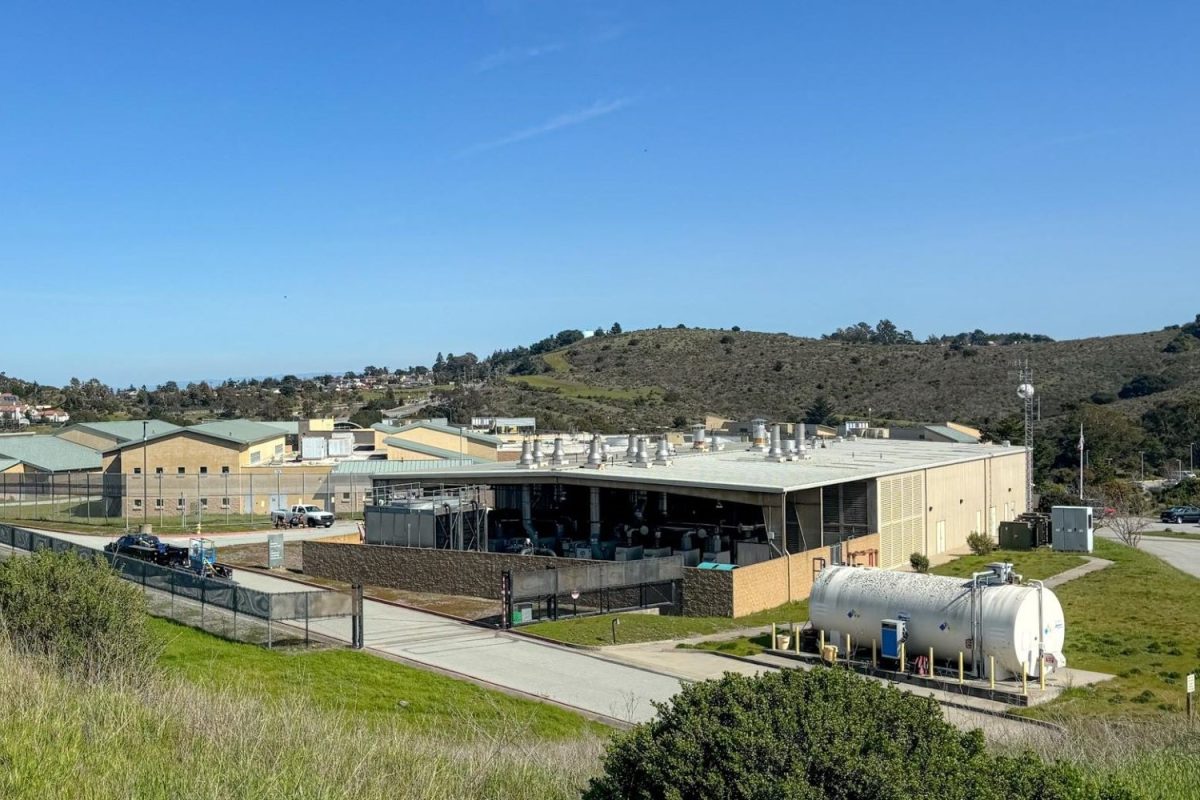Forgiveness may be coming earlier than anticipated for some student loan borrowers.
Beginning in February, borrowers enrolled in the Biden-Harris administration’s Saving on a Valuable Education (SAVE) plan who initially borrowed $12,000 or less and have been making payments for at least ten years will immediately have any remaining balances cleared.
The SAVE plan opened for enrollment last August and has since reduced payments for millions of borrowers. In the plan’s earlier stages, it wasn’t immediately clear how many people would be eligible for SAVE. Still, the administration said it was notifying federal borrowers whose balances and repayment length indicated they might benefit.
In February, the department will reach out to people enrolled in SAVE who can have their loans forgiven. Borrowers won’t need to apply for the relief.
“This plan is one in a host of strategies that [the Biden-Harris administration] is doing to make higher education more affordable and accessible,” said U.S. Secretary of Education Miguel Cardona. “[We want] to address some of the disparities we found in higher education loan processing and instill confidence in borrowers.”
Most income-driven repayment plans have payments that are readjusted each year based on earnings and household size. These plans then clear any remaining balances after a set number of years, typically 20.
On the contrary, SAVE cuts that term by half for those who originally borrowed $12,000 or less, reducing the typical 20 years of payment to 10 years instead.
The Education Department predicted that the plan’s benefit of offering earlier debt forgiveness would take effect in July 2024. Still, the Biden-Harris Administration has announced that student loan borrowers may be eligible for debt cancellation starting in February.
“This announcement will help struggling borrowers who have been making loan payments for years, including many who never graduated from college,” said James Kvaal, the Education Department’s undersecretary.
The significance of this announcement should not be underestimated, for student loan payments are a burden that many bear as a young student, a working adult, or at any stage of life.
“We’ve heard tons of stories about students leaving graduate programs while drowning in debt,” said Michael Itzkowitz, the former director of the Department of Education’s College Scorecard. “Typically, they owe more now than they originally borrowed.”
With the cost of college tuition increasing, the number of people with student loans will continue to surge.
“I just started my first year of college, and it’s just crazy to see how almost everyone has a student loan,” said Joelle Chan, a freshman at UC San Diego. “But that’s just the reality of it. Most people want to experience college, but it’s just so expensive.”
While borrowers who are already enrolled in SAVE and meet the criteria for loan forgiveness will have their loans canceled in February, those who would be eligible for forgiveness but haven’t registered in SAVE yet are highly encouraged to apply and sign up for SAVE as soon as possible. Hence, they get their relief when it begins rolling out.
“I want folks to recognize [it takes] 10 minutes to fill out the SAVE plan [application], and you could be getting an email as early as February telling you that your debt is cleared out,” Cardona said. “We’re moving as quickly as we can.”












